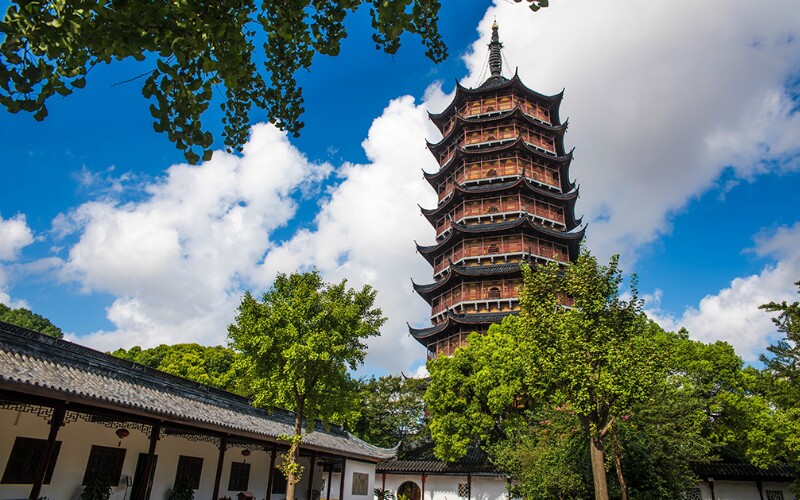
In movies and photos of China and Japan, you've seen the striking multi-celebrated structures known as pagodas. While these natural pinnacles are the principal portrayals of Asian design, you might be ignorant that they act as Buddhist landmarks, denoting the internment site of a Buddhist artifact or the burial chamber of a priest.
The pagoda, or ta in Chinese, showed up in China around 68 A.D. at the point when Buddhism showed up from India. As the religion spread during the 6th 100 years, from China to Japan and Korea, the pagoda turned into a characterizing structure in strict engineering.
A transcending construction of superimposed stories with overhanging rooftops, the pagoda by and large is developed from a square, round, or polygon-molded establishment. Its starting point originates from consolidating the old Indian stupa (the "load" of block and stone stacked on the outer layer of a burial place) with the conventional Chinese multi-celebrated tower, whch was developed of wood and finished off with a tower.

Throughout the long term, the plan subtleties of the pagoda have developed and its utilization has been adjusted in Western societies (frequently for business structures), yet its fundamental shape and its capability as a commemoration have stayed steady in Asia.
Dating to the seventeenth hundred years, the Japanese pagoda is made of nine graduated, square sections of rock stacked one on top of another. It represents companionship, yet in addition a customary Japanese philosophy.

Through and through there is an emblematic portrayal of the sky, wind, fire, water and earth. The model was a gift to the city of Washington, DC, by the Chairman Ryozo Hiranuma of Yokohama, Japan in 1957 and committed on April 18, 1958.
Kindly know that the walkway situated along the Flowing Bowl doesn't have railings. Get a fair distance far from the walkway's edge. Assuming guests might want to draw nearer to the pagoda, kindly know that the territory changes from cement to mud/grass. The review region is a similar level as the walkway.
What is a Chinese pagoda called?
The pagoda, or ta in Chinese, showed up in China around 68 A.D. at the point when Buddhism showed up from India. As the religion spread during the 6th 100 years, from China to Japan and Korea, the pagoda turned into a characterizing structure in strict engineering.
What do pagodas symbolize?

Dating to the seventeenth 100 years, the Japanese pagoda is made of nine graduated, square pieces of stone stacked one on top of another. It represents companionship, yet additionally a conventional Japanese philosophy. Start to finish there is an emblematic portrayal of the sky, wind, fire, water and earth.
Why do pagodas have bells?
They ring the chime to implore god for good karma and drive away all the misfortune. The ringer mirrors individuals' spirits and their desire for harmony, great climate, and flourishing'. In Vietnam, the picture of pagodas and the sound of pagoda chimes are firmly connected with rustic life and ranchers.